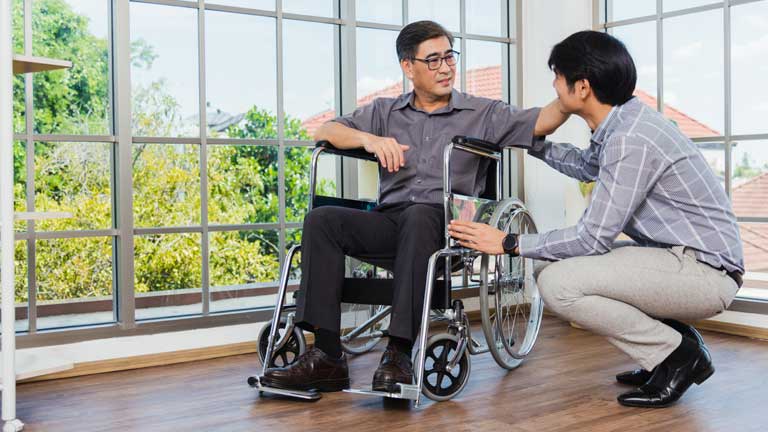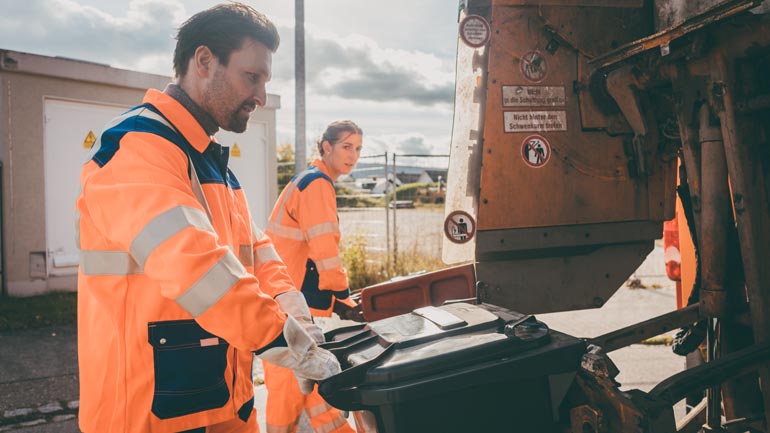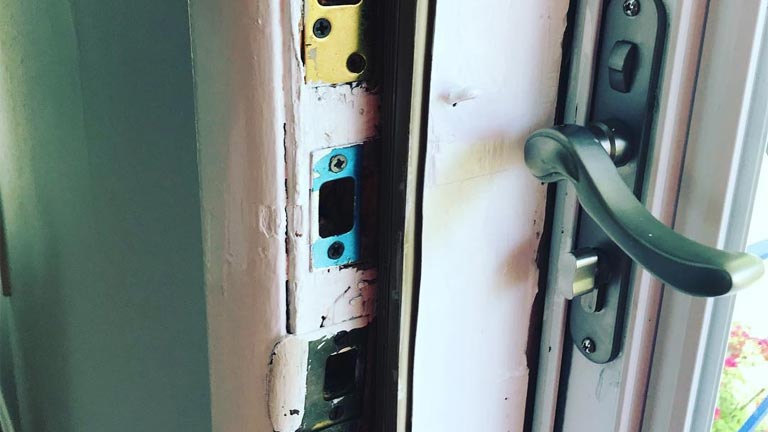 Whenever you have a problem with your home, you probably have a professional or a handyman on speed dial that you can call to get things solved. While it’s true that these guys do a thorough and effective job (the professional ones, anyway), you’ll also find that some of these issues can be solved with a few tools and some patience.
Whenever you have a problem with your home, you probably have a professional or a handyman on speed dial that you can call to get things solved. While it’s true that these guys do a thorough and effective job (the professional ones, anyway), you’ll also find that some of these issues can be solved with a few tools and some patience.
In this article, we show some simple house repairs you can do without additional help from anyone else:
A clogged toilet
It’s almost funny to think that people call plumbers for this one. While there some extreme cases that only a plumber will be able to solve, the issue of clogged toilets is usually pretty easy.
There are generally two things you could try when you have a clogged toilet before calling a professional plumber. Of course, the first is to get a plunger and try to free it with brute force. You should make sure you’re using the right plunger for the toilet, however. If you don’t have much water in the bowl, pour some into it. Make sure the water is enough to cover the head of the plunger. Thrust it 8 to 10 times, and if it’s a minor clog, you should be through.
If the clog doesn’t get free, then it’s time to get an auger. Toilet augers are a bit pricier than plungers, but they’re strong enough to deal with some tougher clogs than what plungers can manage. Put the end of the auger into the toilet until you find its end at the clog, then turn the crank. With a good grip, you will be able to free the clog.
You could also get an effective drain cleaner to unclog the drain for you. They may not work for all types of drains, but you can get a lot of service from them if your clog is light.
A faulty light switch
It’s always recommended that you get an electrician to see any electrical work in your house – especially if the work in question is a risky one. However, light switches hardly fall into that category. If you have a switch that doesn’t work properly or you want to install a smart switch, it’s pretty easy to do.
Start by turning off the circuit breaker before anything else. This is a necessary precaution – as we all know, electricity can be pretty dangerous. You can remove the switch’s faceplate with a flathead screwdriver. Then, use a Phillips head screwdriver to take out the switch.
You’ll find two wires connected to screws on it. Test them to ensure that they’re not emitting any electricity, then disconnect them and fix them onto the new switch. Put everything back together, then turn the circuit breaker on to see how well you did.
A leaky pipe
You’ll find that most of the leaky pipes we encounter occur in the bathroom or kitchen. They’re the locations with sinks, and since they’re usually high-traffic, pipe leaks are very common there.
Most of these leaks come from broken compression nuts or worn-out pressure washers. So, to apply a fix, you’ll first need to turn off the water supply to the sink. Some sinks come with shut-off valves close to them, while others might have the valves far away. Depending on how your house’s piping is, you’ll need to follow the valves and their location.
When you turn the water off, put a bucket under the pipe and twist the compression nuts off. If you like, you could just use this chance to rinse the curved pipe out. Once the washer has been replaced, screw the nut back in and turn the water on again.
A jammed garbage disposal
The garbage disposal is that machine that makes a lot of noise in the kitchen when you put something in it. We were all pretty scared of it when we were little, but now that you’re all grown up, you should know that it’s pretty easy to repair when it gets clogged.
To begin with, you will have to cut the power to the unit for your safety. Some units are plugged into an outlet in the cabinet, while others are wired to the wall.
When you disable the disposal, use an Allen wrench to adjust its flywheel. Just place the wrench in the hole in the center of the unit’s bottom. Note that while you won’t see the flywheel, you can take out any jammed food by rotating it.
After this, you can get some pliers or a dowel to reach into the disposal’s top and try to take out any particles that have clogged the unit. If that’s done, connect the power again and run water into the disposal to check if it’s working perfectly now.




